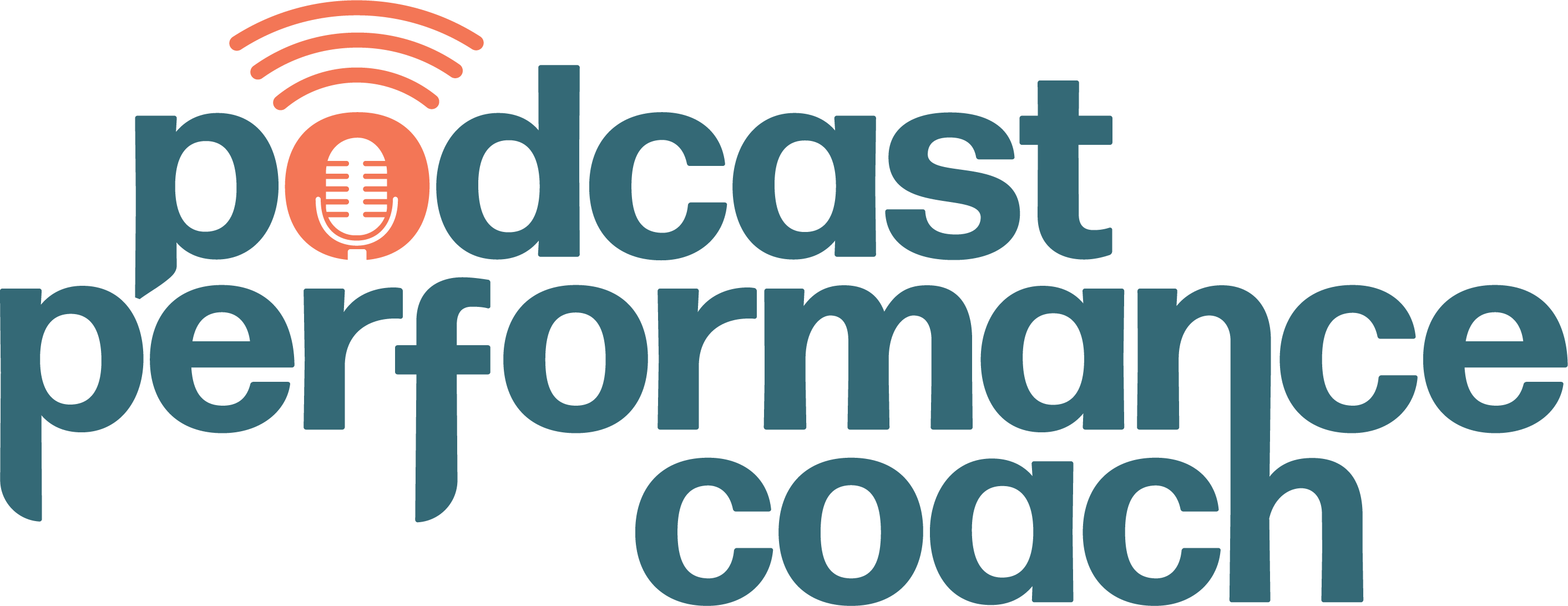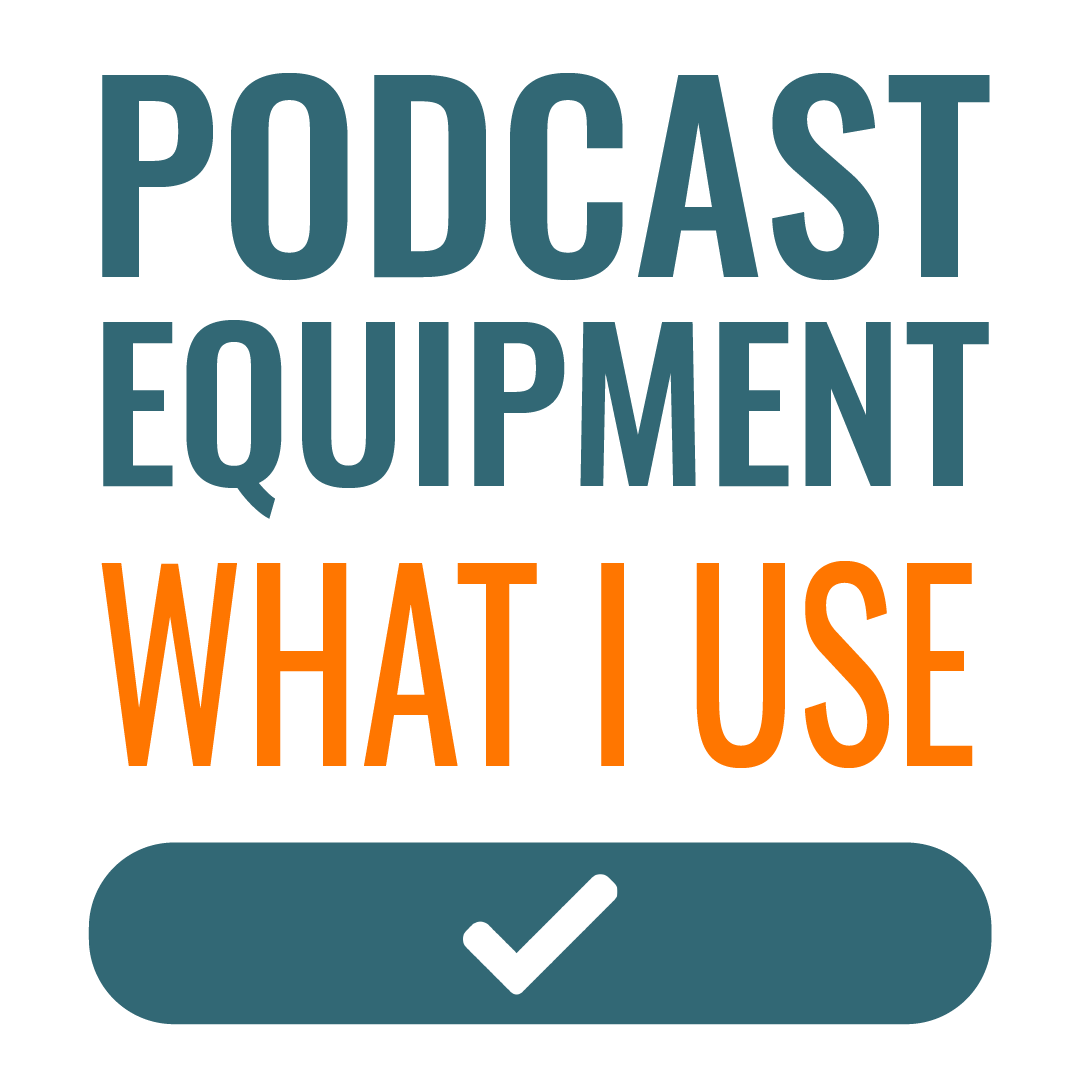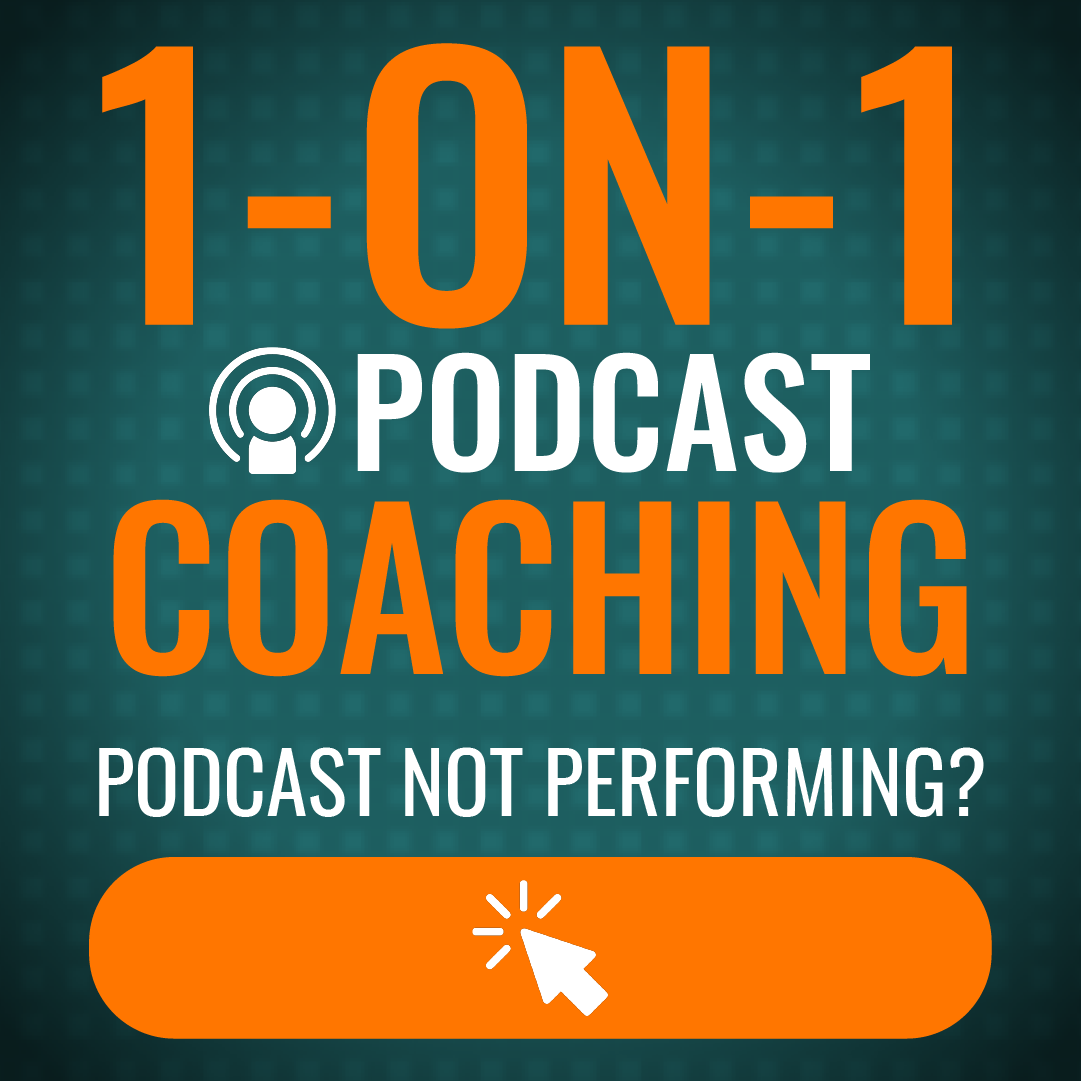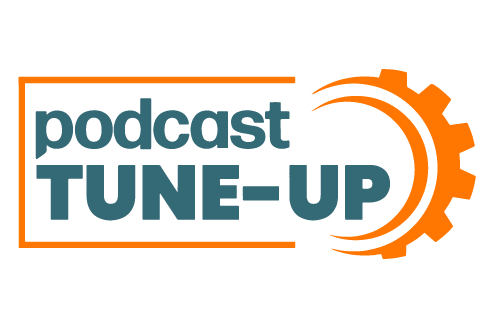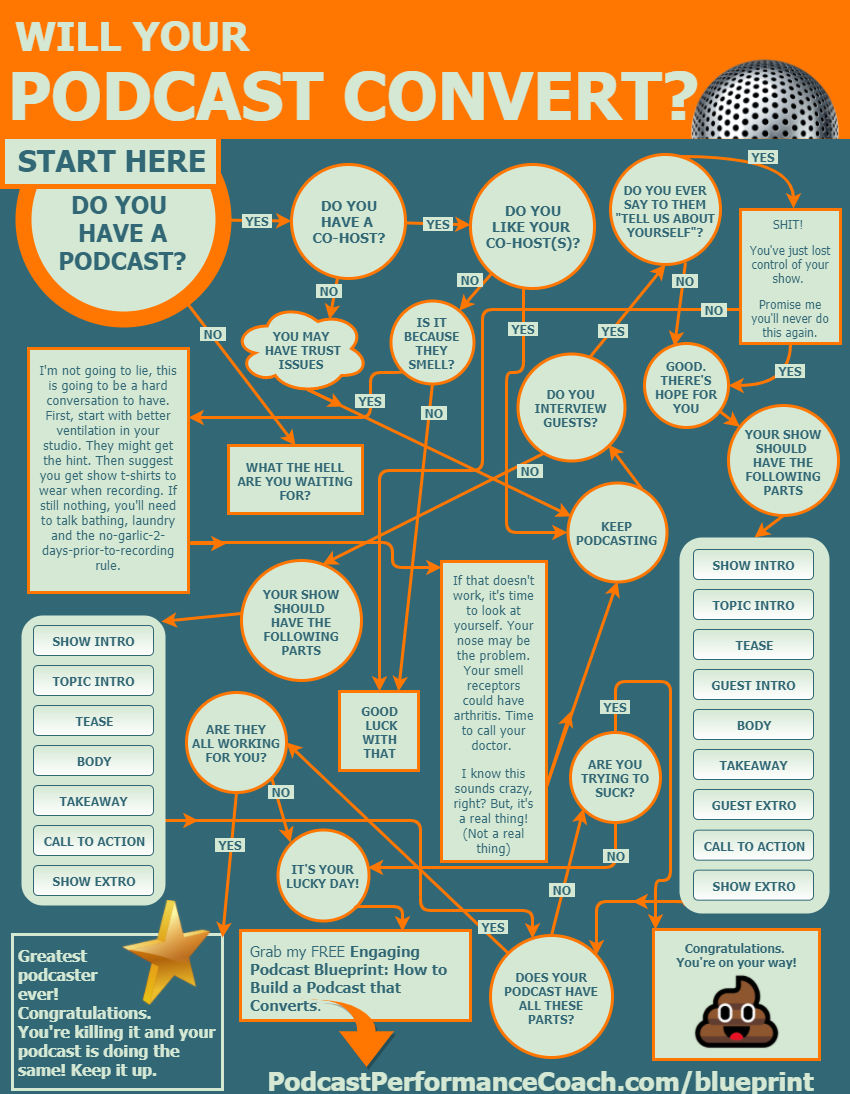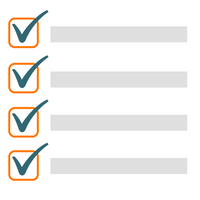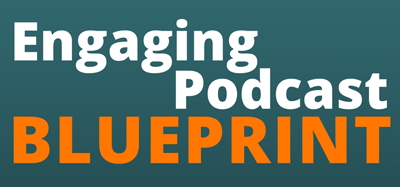Are you inviting a podcast disaster without even knowing it? You might be if you aren’t doing this one thing… test.
Anytime a client of mine complains about bad audio I ask, much to their chagrin, “Did you test?” It’s a question that often elicits groans because the answer is almost always a resounding “no.“
Podcasters tend to become complacent, assuming that since their system worked fine in the past, it will continue to do so without fail. However, it’s not until they listen back to their recordings that they realize their audio quality is subpar. This can happen when they inadvertently use the wrong microphone, such as the one built into their webcam or their device’s internal microphone. As a result, their episode ends up sounding like it was recorded in an empty swimming pool.
Having to fix audio issues in post-production or requesting guests to rerecord can be time-consuming and frustrating. Even worse, releasing substandard audio damages your credibility and harms your podcast’s authority.
Luckily, all of these problems can be easily avoided by conducting a quick audio test.
Yes, every time.
Imagine being a master chef who meticulously prepares a culinary masterpiece. You carefully select fresh ingredients, measure with precision, and expertly combine flavors. However, there’s just one problem—you never taste the dish.
Neglecting to test your mic and system is akin to being that oblivious chef, serving dishes without ever knowing if they’re perfectly seasoned or a tasteless mess. So, podcasters aiming for success and authority in their niche should pay special attention to this advice because poor audio quality leaves a bitter taste in your listeners’ ears and undermines your authority.
It’s Test Time!
Now, you might be wondering, what does a test actually entail? The good news is that it only takes 90 seconds, but it can be done in as little as 30 seconds. Here’s my testing routine:
1. Fire up your system and check your settings.
2. Ensure that your microphone is correctly selected for recording by performing a tap test. Use a pen, scratch, or blow into the mic to check if the meter responds accordingly. I always recommend using wired headphones instead of earpods or Bluetooth headphones, and you should encourage your guests to do the same.
3. If you have guests on your show, check their microphone levels and make sure they are using the correct mic by conducting a tap test. Offer guidance on optimizing their sound or adjusting their microphone placement for the best results.
4. Hit the record button on your chosen device or platform and record a short test. It can be just you or you asking your guest a question. Then, stop the recording.
5. Now, listen to that test with headphones. You might need to download it from your platform or locate the track in one of your folders. This step is crucial because it ensures your audio quality is solid and prevents any guesswork. Pay attention to background noise, crackling sounds, or anything else that could be distracting to your listener.
6. If you identify any issues or adjustments that need to be made, troubleshoot until you get it right. Yes, this means do another test!
After this quick run-through, you can hit record with confidence, knowing that your show’s quality (or your authority) is not at risk. By investing these few minutes in testing, you can guarantee a great-sounding show that your audience can enjoy effortlessly during their commutes, walks, or while doing household chores.
Now, you might be tempted to ask, “Do I really need to test every single time?” The answer is no, but let me remind you why audio testing is crucial. Bad audio quality is a major turn-off for podcast listeners, and they have an abundance of alternatives to choose from. You don’t want to give them a reason to abandon your show. By simply performing a quick test every time you record an episode, you maintain consistency, and efficiency, and establish your podcast as an authority-building machine.
If you’ve ever wished that your show could sound as good as other top podcasts, I’m here to offer my ears and expertise to help you out. As a bonus, I’m willing to provide you with three or more actionable tips to enhance the audio quality of your show.
All you need to do is let me listen to just ten seconds of your show, and I’ll give you a full 15 minutes of my time for free—just you and me. Click here to claim your spot on my calendar. Improving your audio quality can make a world of difference in showcasing the quality of your products, services, or client work.
